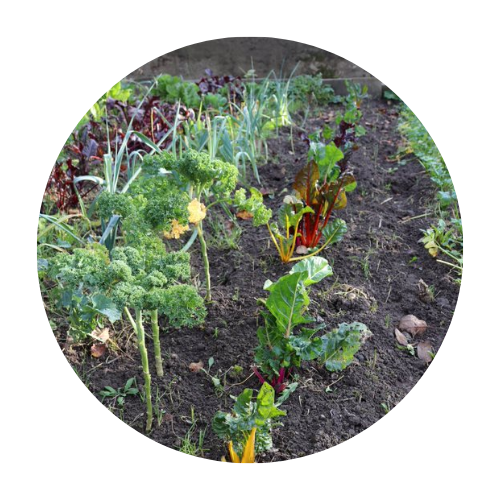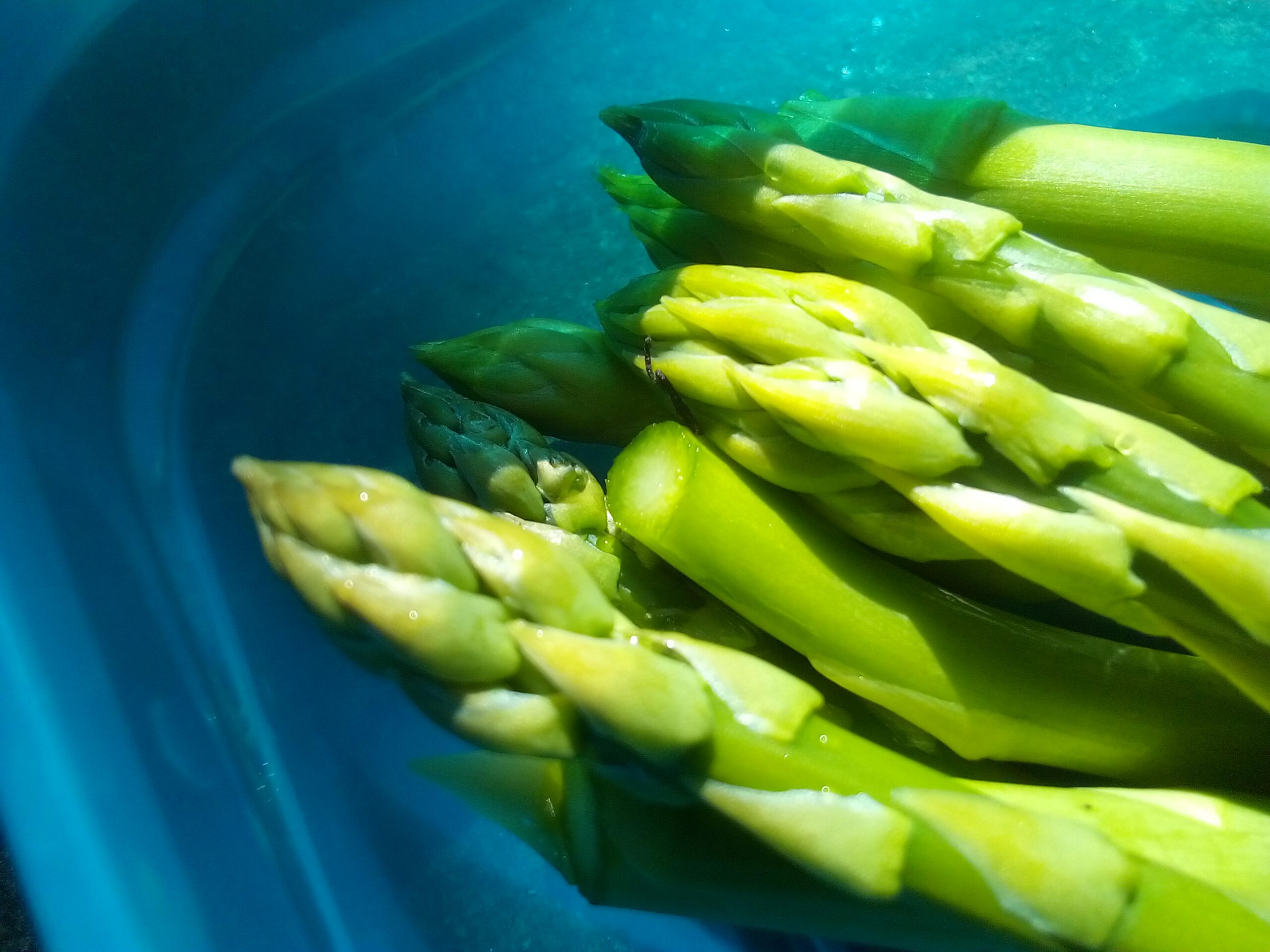There’s something deeply reassuring about green asparagus in spring. It’s crisp, clean, and grounding. In Frida’s garden, asparagus wasn’t just food. It was part of the seasonal rhythm, part of what kept the body in balance after a long winter.
I didn’t think much of it as a child. But now, with each year of growing and tending my own garden, I understand. Green asparagus is more than a side dish. It supports gut health, gently encourages detox, and carries natural prebiotic properties that feed the good bacteria in our digestive system.
If you’re seeking better digestion, more clarity, or a deeper connection to seasonal, plant-based healing, asparagus is a beautiful place to begin. In this post, I’ll share how we grow asparagus from seed, how Frida taught me to save seeds for future years, and how we enjoy it fresh from the garden—sometimes raw, always simply.
Growing Green Asparagus – From Seed to Spear
Frida used to say, “Some plants ask for time. But what they give you back lasts a lifetime.” Asparagus is one of those plants.
You don’t plant it in spring and harvest it that summer. You wait. Sometimes for two, even three years. But once it takes root, it keeps giving for up to twenty years. It becomes a quiet, perennial companion in the garden.
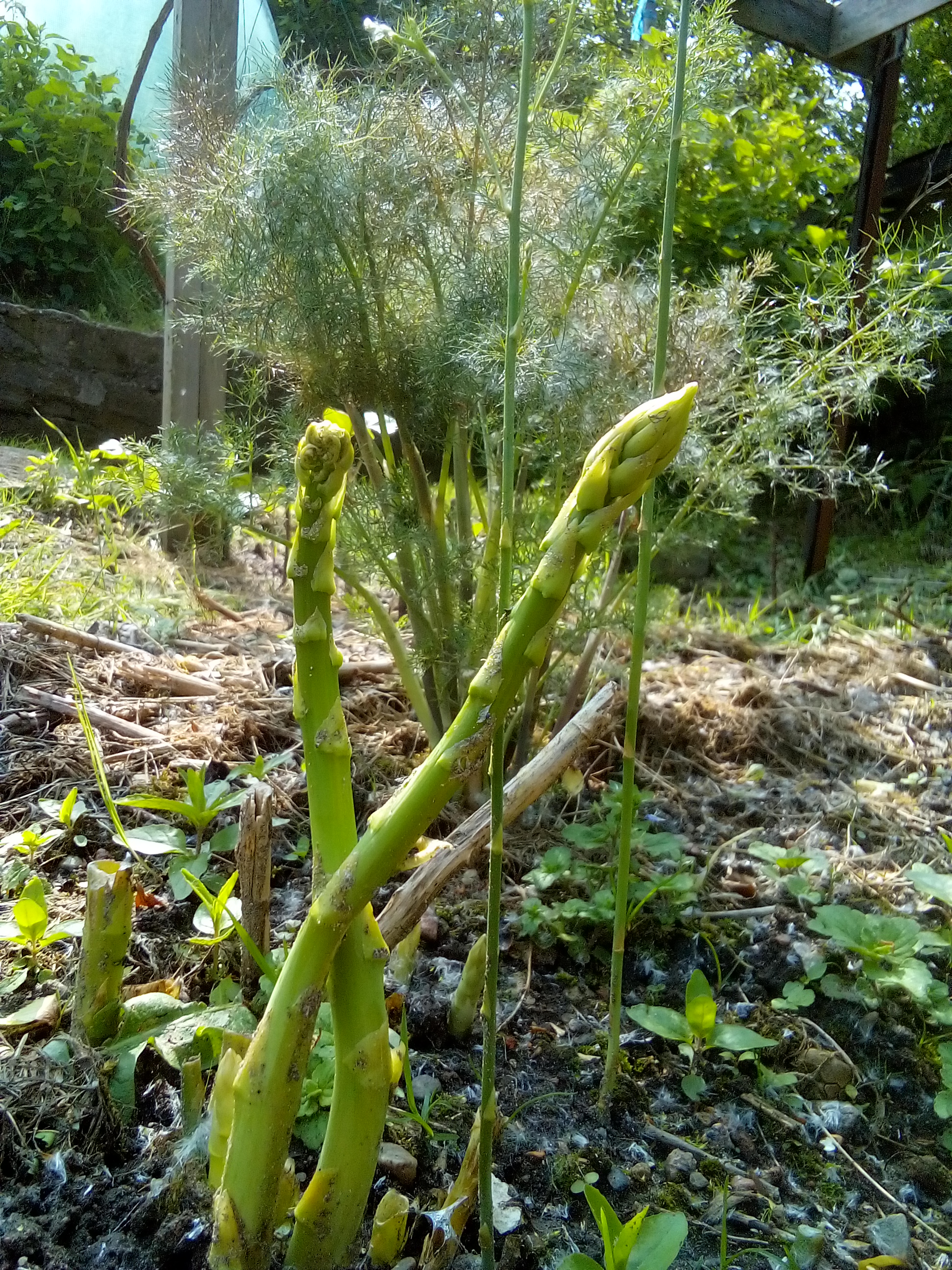
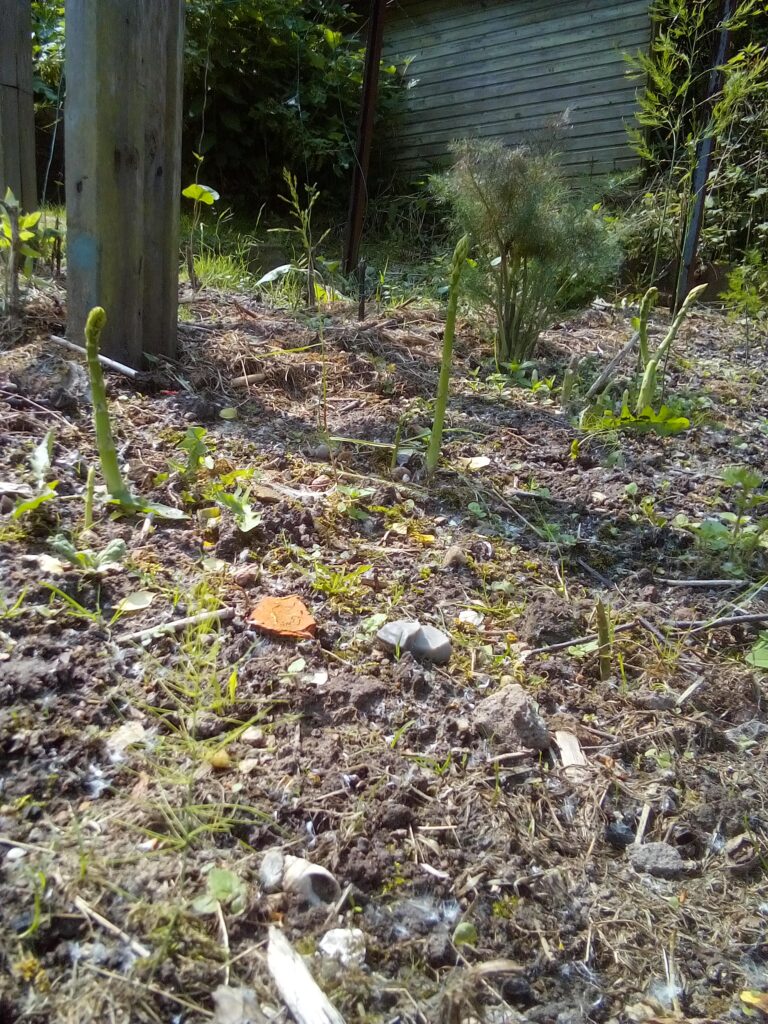
I chose to grow asparagus from seed, not crowns, because Frida insisted. She said, “Start from the beginning. That way, you’ll know its full story.” So I did.
In late winter, I soak the seeds overnight in a bowl of lukewarm water. The next day, I tuck them into seed trays filled with light soil. Then comes the waiting. It can take three weeks or more for the seedlings to show. But when they do, they rise up like little threads of green promise.
After the last frost, I transplant them into deep raised beds. The soil needs to be rich, well-drained, and soft enough to let the roots dig deep. That’s why I make my own compost—so I know exactly what’s feeding the plants, and what’s feeding us in return. In the first year, the plants look delicate. In the second, they begin to fill out. In the third, if the soil is good and the seasons kind, the first edible spears appear.
Patience and Perennials
There’s something powerful about a plant that insists on time. On a homestead, or even a well-loved backyard garden, asparagus asks us to move more slowly. It becomes part of your spring ritual—mulch in the fall, whisper thanks in March, and harvest carefully through April and May.
Frida always said:
“The more you respect a plant’s timing, the more it teaches you.”
She was right. With asparagus, you learn not to rush. You take only a few spears in the early years, letting most of them go to fern so the plant can keep storing energy below ground.
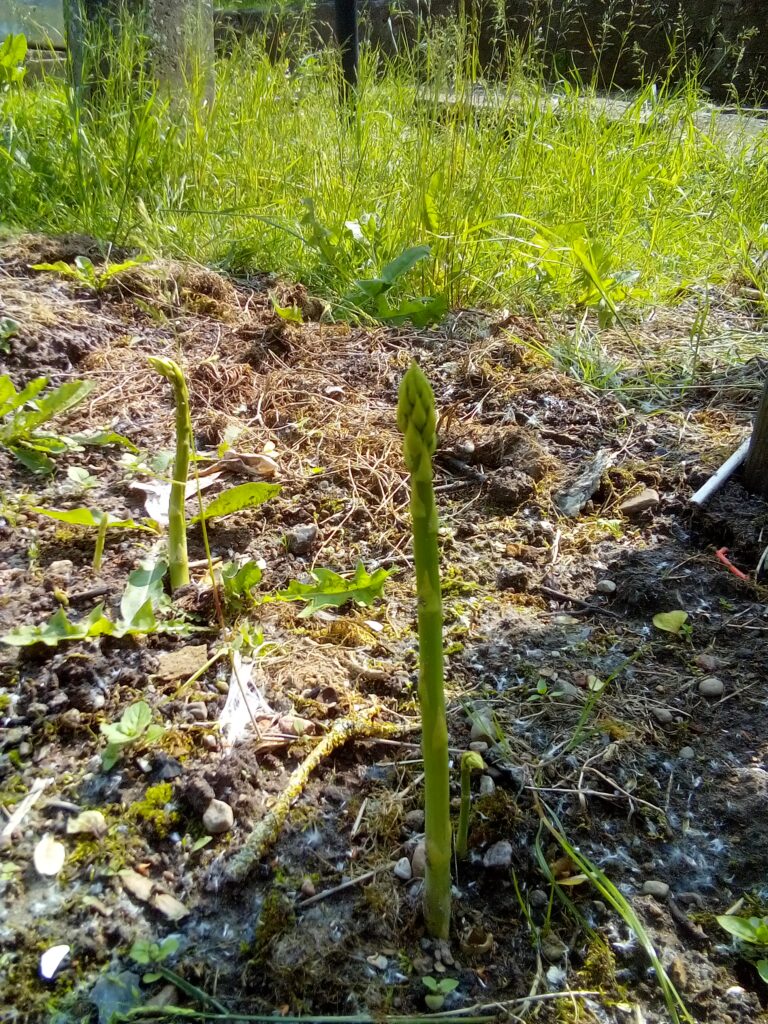
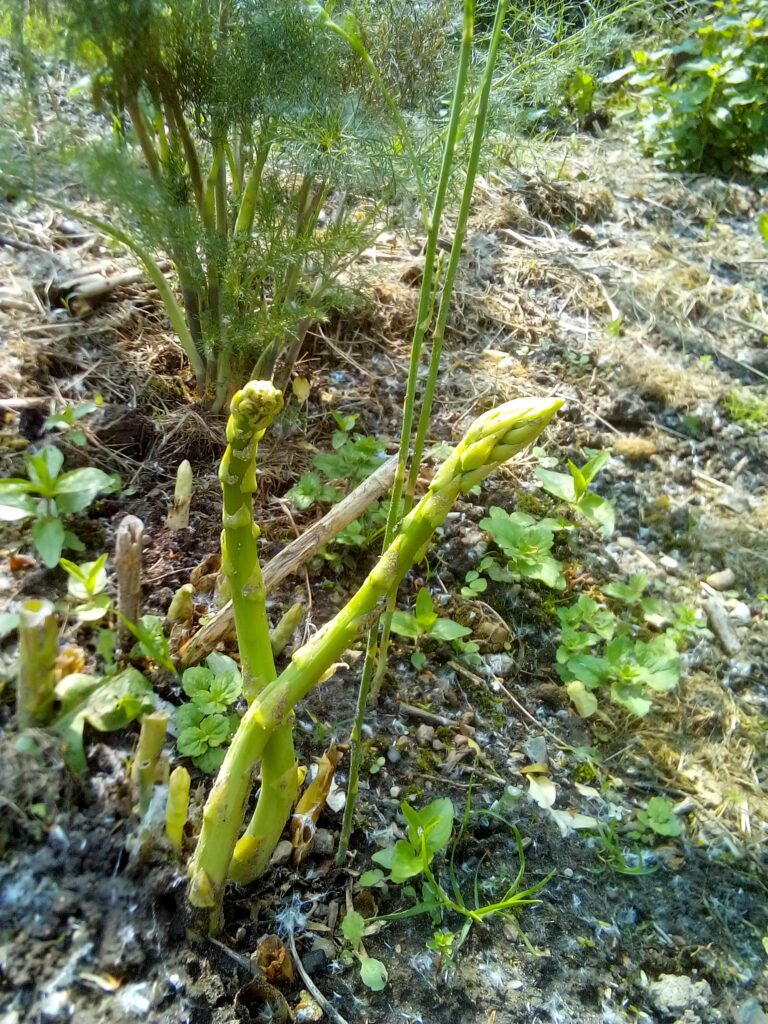
Seed Saving – Frida’s Tradition
Frida never bought asparagus seeds twice. At the end of each growing season, she would let a few ferns go uncut. By late summer, they’d bloom with tiny yellow flowers that soon turned into red berries. Inside those berries were small black seeds—hard, glossy, and full of life. I use the same approach for other slow crops in my garden—saving seeds, letting plants complete their cycle, and growing with time instead of against it.

She would dry them carefully on a linen towel, sort them by hand, and save them in paper envelopes in a drawer that smelled faintly of bay leaf and old wood. For her, seed saving wasn’t a task. It was a way of staying connected to the life of the garden.
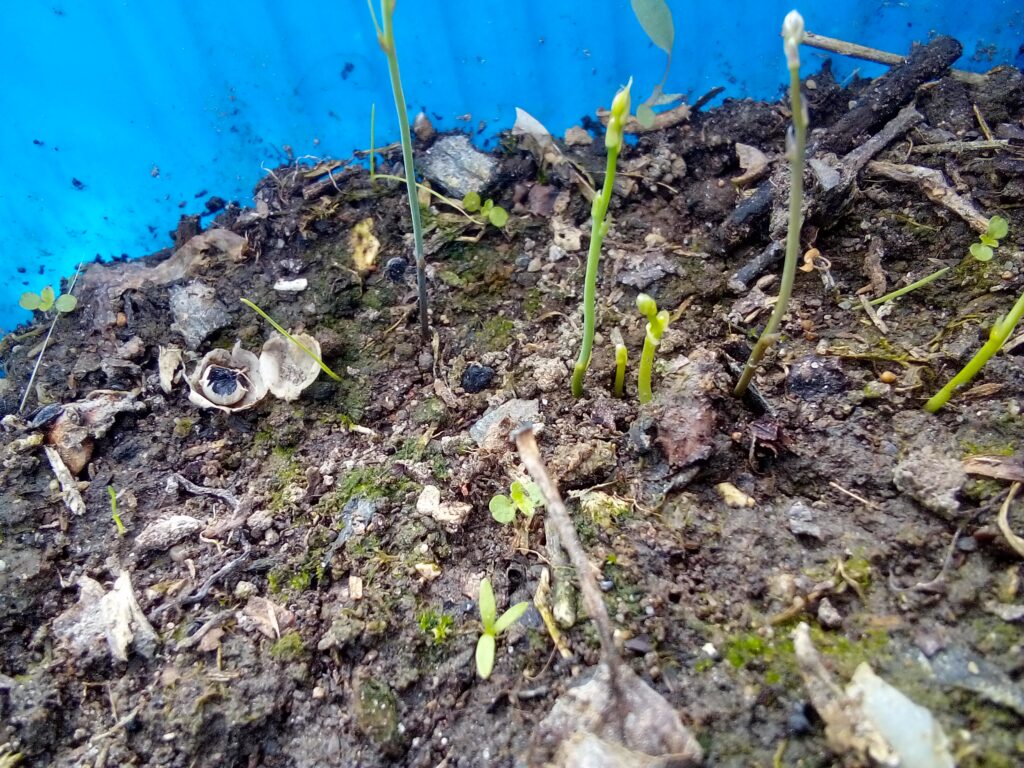
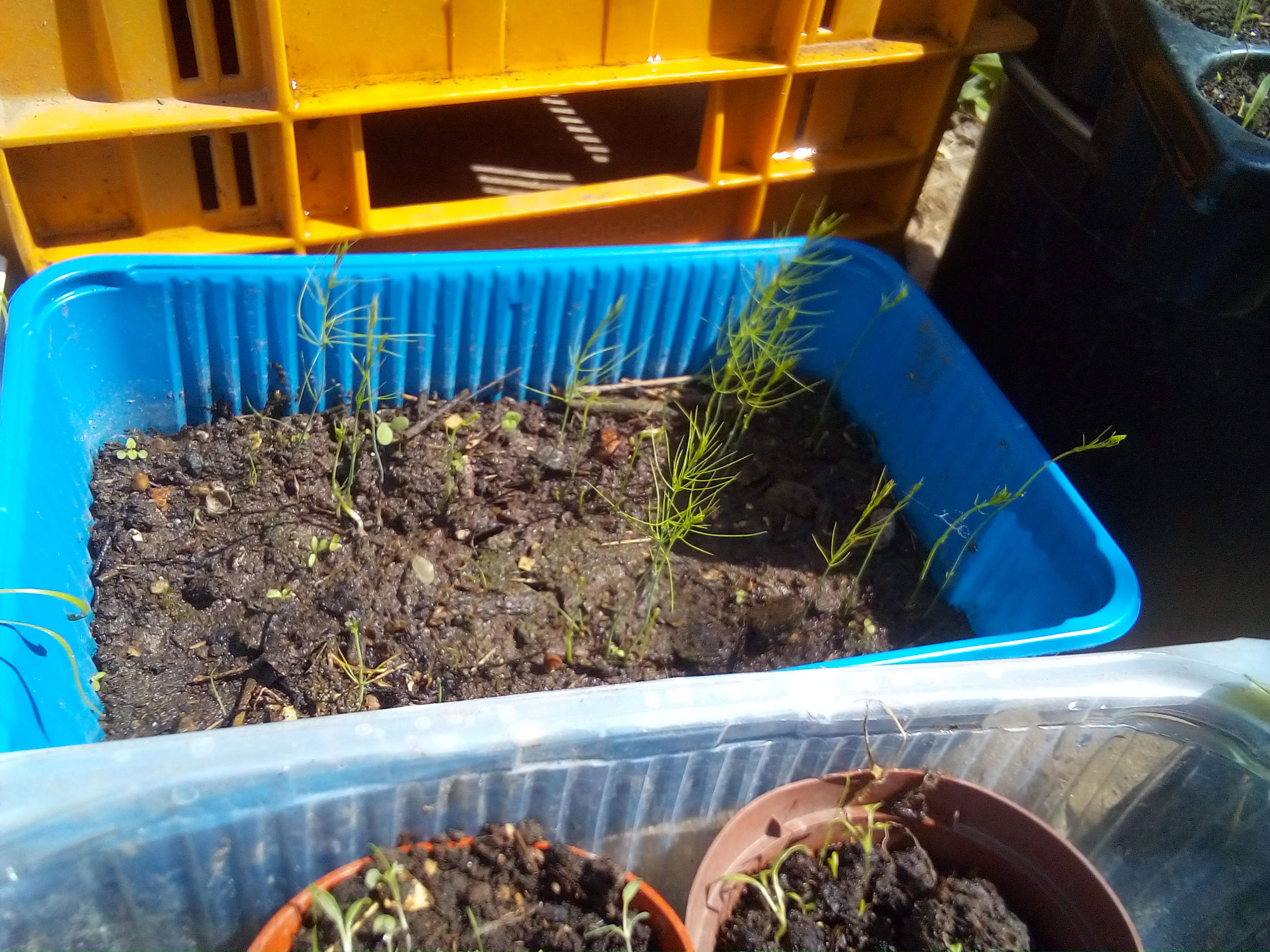
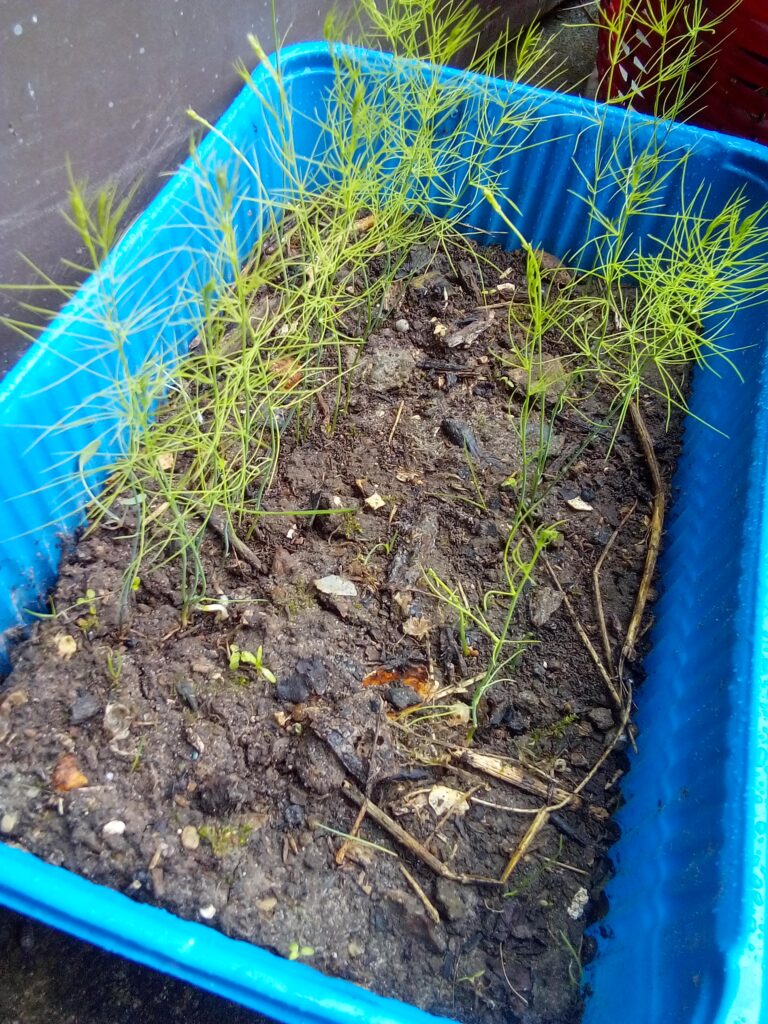
Now I do the same. And every time I plant a new asparagus bed, I think of her hands, brushing seeds into paper folds.
A Raw Spring Recipe for Digestion
When the first tender spears arrive, I often eat them raw. One of my favorite ways to enjoy green asparagus is as a shaved spring salad that supports gut health and digestion.
Use a vegetable peeler to shave raw asparagus lengthwise into ribbons. Toss gently with fresh lemon juice, olive oil, and a pinch of sea salt. If you like, add a teaspoon of raw honey or a handful of sunflower seeds. Sometimes I mix in a few torn lemon balm leaves for extra calm.
This simple dish is rich in fiber, light on the body, and filled with natural prebiotics that nourish the gut. There’s no need to complicate it. The plant knows what to do.
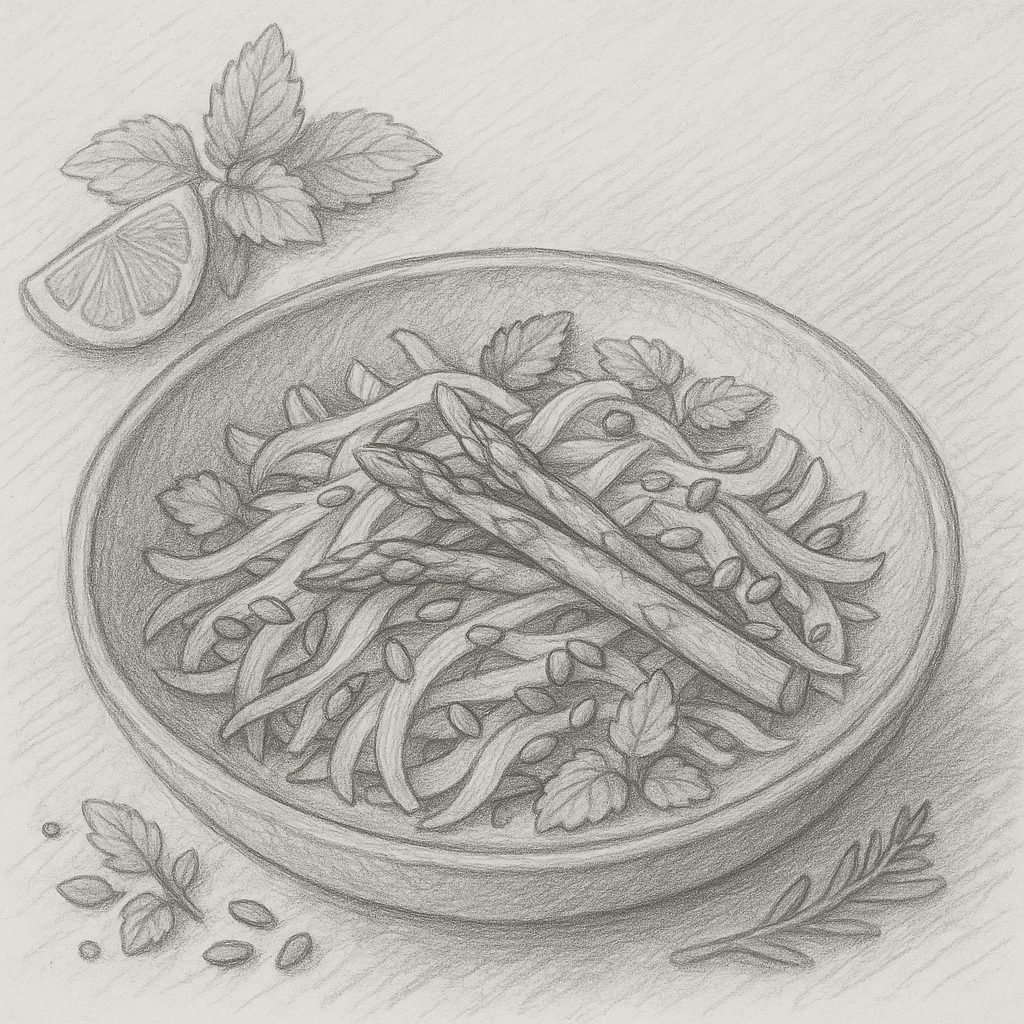
Final Thoughts from the Garden
Growing asparagus is not about quick results. It’s about planting something today that will feed you for years to come. It’s about listening to the soil, respecting the seasons, and trusting that healing comes in slow, steady rhythms.
Whether you’re tending a full homestead or a single raised bed on a small balcony, green asparagus can become part of your healing garden. It supports digestion, feeds the gut, and offers natural prebiotic support—without packaging, processing, or pressure.
Frida used to say, “That first bite tastes like time well spent.” I believe her. And I hope this plant brings you the same quiet joy it’s brought to me.
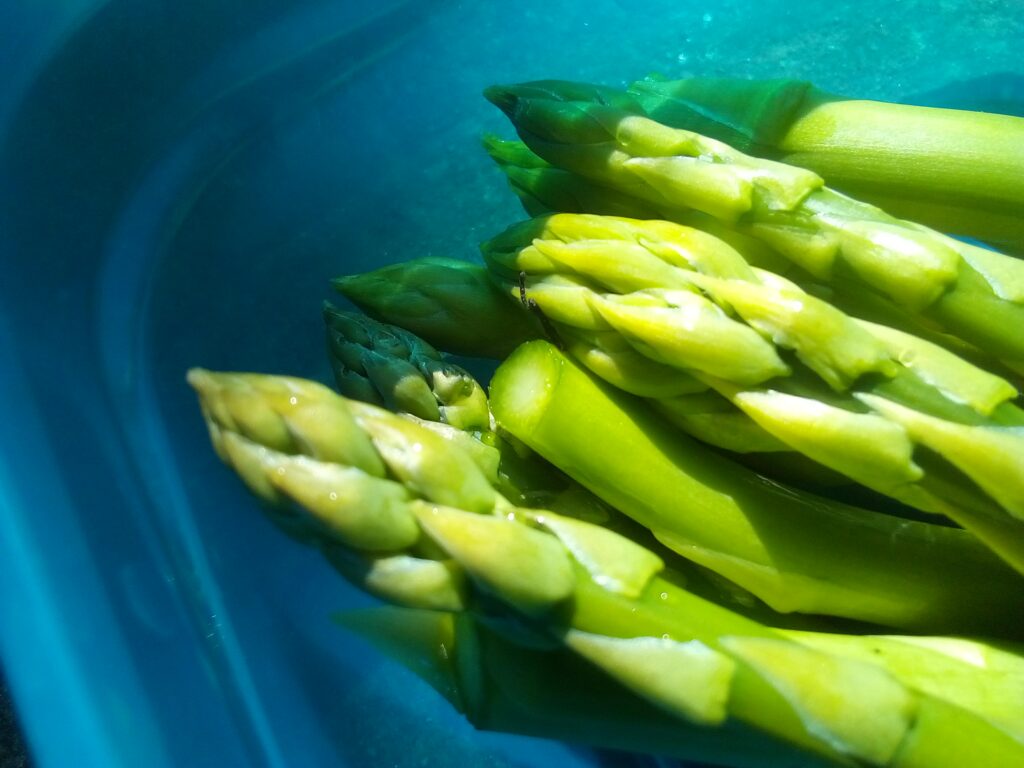
Bold and Easy Gardening Coloring Book – A Calm Space to Color and Breathe
I created this coloring book for anyone who, like me, sometimes just needs a quiet moment. Whether you’re taking a break from a busy day or winding down after time in the garden, the Bold and Easy Gardening Coloring Book invites you to slow down, breathe, and reconnect. Click the link to preview it on Amazon and grab your copy today—for yourself or as a thoughtful gift for someone who needs a little more calm.
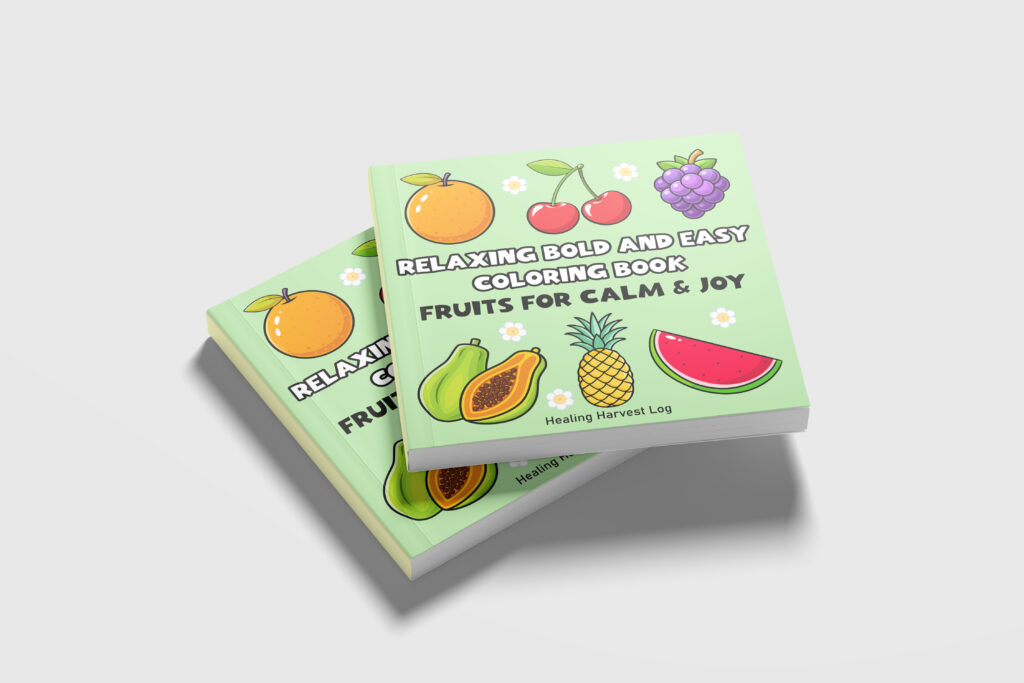
The illustrations are intentionally simple and spacious—herb pots, garden beds, and cozy scenes that spark a sense of joy and calm.
You can preview a few pages with Look Inside on Amazon. It’s a lovely gift for yourself or a fellow garden lover—perfect for mindful moments away from screens. More calm, more color, more garden joy.
